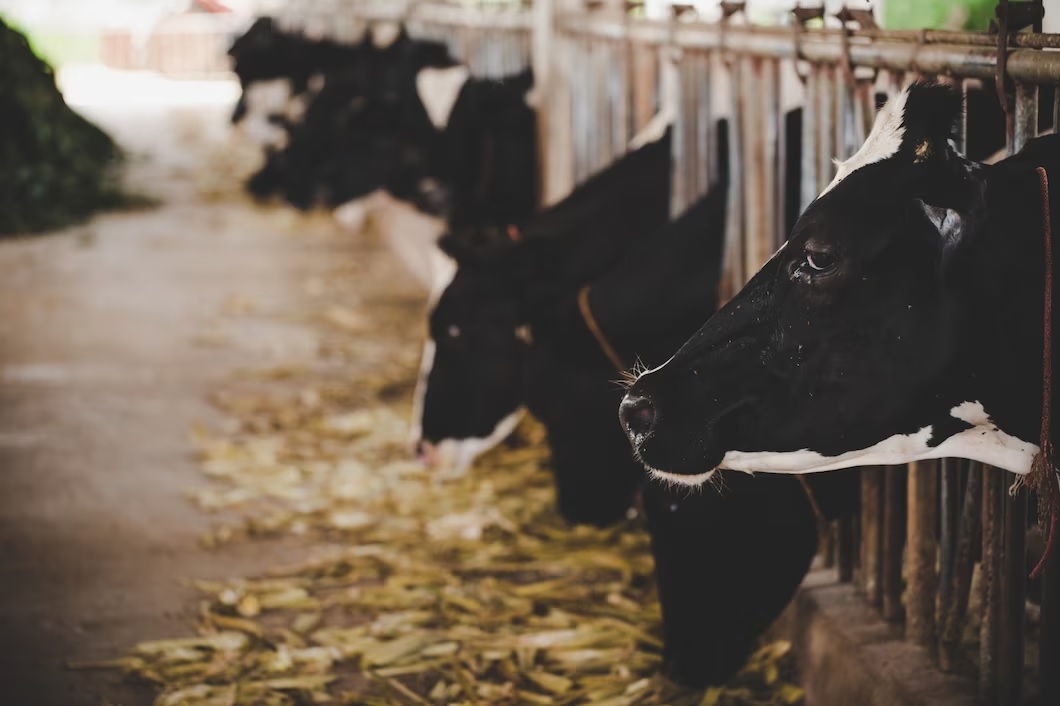Secrets of Sustainable Farming: The Role of Accredited Cattle Yard Sites
April 4, 2024 | General | No Comments

In the sprawling landscapes of rural communities, where the horizon kisses the sky, lies the heart of our agricultural heritage—cattle farming. This age-old practice, steeped in tradition, continues to be a cornerstone of the economy and a lifeline for many families.
However, as we sail into the winds of the 21st century, the call for sustainable farming practices echoes louder than ever. Central to this evolution is the modernisation of infrastructure, specifically through building accredited cattle yard locations.
Let’s embark on a journey to explore how these structures are revolutionising the farming landscape.
The Foundation of Modern Cattle Farming
Cattle yards are more than just physical structures; they are the bedrock of efficient, ethical, and sustainable cattle management. By adhering to stringent standards, these yards oversee the safety and well-being of livestock, workers, and, ultimately, the end consumers. The accreditation process evaluates everything from design and construction materials to handling facilities and environmental management systems, guaranteeing that each yard meets the highest industry standards.
Why Accreditation Matters
The importance of accreditation cannot be understated. It serves as a badge of honour, signalling a commitment to best practices in animal welfare, worker safety, and environmental sustainability. For farmers, this accreditation is not just a mark of quality. It’s a gateway to higher market value, enhanced productivity, and improved animal health. Consumers, too, are becoming increasingly conscientious, favouring responsibly sourced products from accredited facilities.
Incorporating Cattle Yards into Your Farm
Integrating legitimate cattle yard designs into your farm is a step towards securing a sustainable future for your business. These yards are designed with the animal’s natural behaviour in mind, facilitating more manageable and stress-free handling. Features such as non-slip surfaces, adequate shading, and efficient drainage systems are just the tip of the iceberg. Moreover, these designs are scalable and can be customised to fit your farm’s unique needs, whether you’re running a small family operation or a large commercial enterprise.
The Economic and Environmental Payoff
Investing in safe cattle yards may seem daunting at first glance. However, the long-term economic and environmental benefits are substantial. Improved handling efficiency reduces labour costs and increases throughput, while better animal health leads to higher-quality produce. Environmentally, these sites contribute to sustainable land management, reducing soil erosion and water usage and minimising your herd’s carbon footprint.
A Step Towards a Greener Future
The shift towards accredited cattle yards is not just a trend; it’s a necessary evolution in the face of climate change and environmental degradation. These structures embody the principles of eco-friendly farming behaviours, offering a blueprint for how modern farming can adapt and thrive without sacrificing the health of our planet or the creatures that inhabit it.
In Closing: Building a Legacy of Sustainable Farming
As the sun sets over the verdant fields of our agricultural heartlands, the silhouette of an accredited cattle yard stands as a beacon of progress and hope. This is where tradition meets innovation, where each decision is guided by the principles of sustainability and ethical stewardship.
For farmers, investing in certified cattle yards is not just about upgrading infrastructure; it’s about laying the foundation for a legacy of responsible farming that will nourish generations to come. In embracing these advanced, accredited structures, we take a bold step forward in our journey towards a more sustainable and equitable world.

